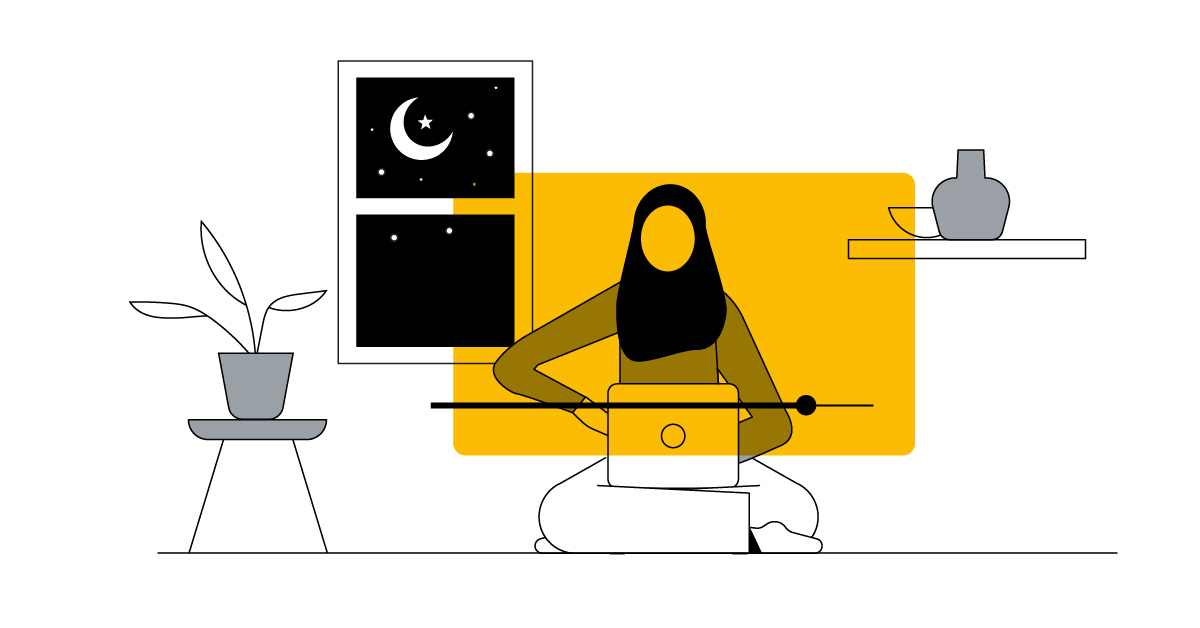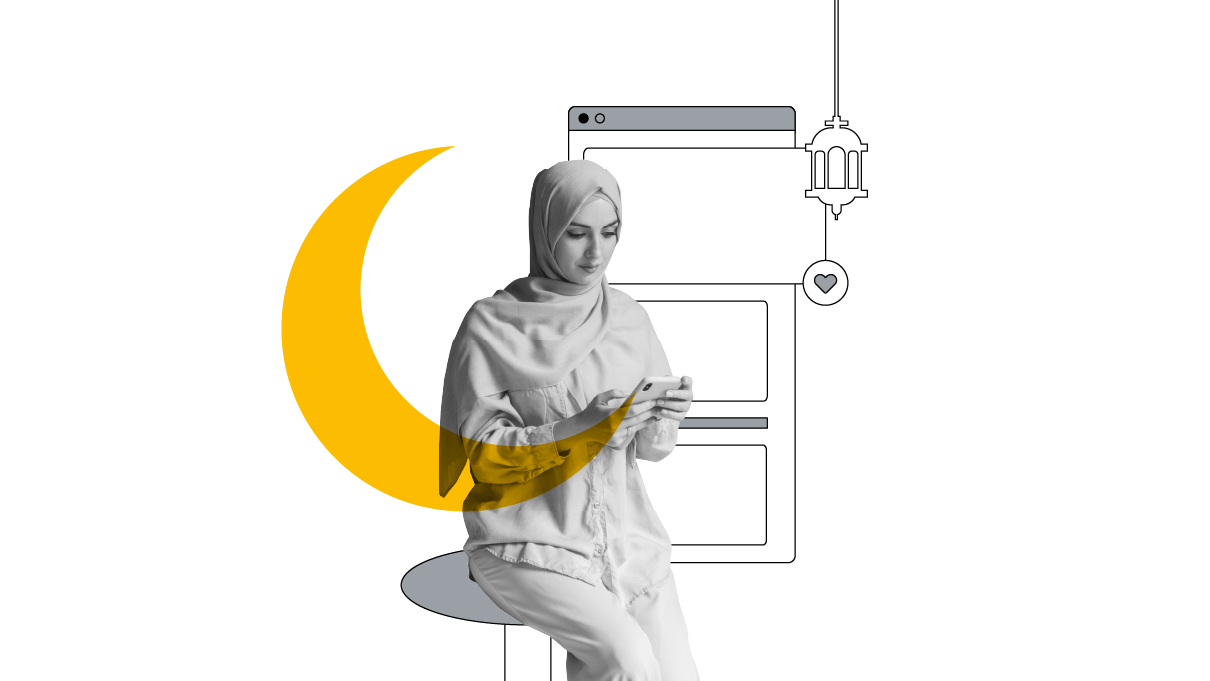Steve Vranakis started working in digital in 1993 and remembers installing Mosaic – the browser credited with popularising the web – on a floppy disk. He’s seen huge shifts in the role of brands during this time.
What are the big challenges facing the creative industry today? For brands, it’s about trying to figure out the role that they play in people’s lives. For the most part, the industry used to refer to people as consumers, which would immediately force us to look at them in a certain way – as a transaction. But when you put the transaction aspect aside, a brand might start to say, “These are people who I want to get myself in front of, because I need them more than they need me. They have ample choice, they have the opportunity to do other things, so how am I going to prove to them that I can add value to their lives?” The best brands are doing that right now; they’re being helpful and they’re adding value.
When I used to work in advertising agencies, we did a lot of big brand launches. The most successful ones were always the ones where the brand was somewhat humble and put its cards on the table and said, “I’m here and this is what I’m trying to do and I hope we can kind of do it together,” as opposed to the one that kicked the door down and started shooting.
There was a time when I was growing up when you’d watch a brand on the television and you’d feel they were probably credible because they were on TV. A corporation was pre-qualified to enter your consciousness and enter your world. But now the shift of power has left the brand. It’s gone from, “I am a big brand and I tell you what to think,” to, “Oh my God it doesn’t matter what I tell you; there are hundreds and millions of people out there who will actually tell you about me, so I’d better figure out how to do things in the right way because you’re going to listen to them and not me!”
Now we have platforms where you don’t need high production, you don’t need studios, you don’t need anything. You can be broadcasting from your bedroom and running a channel, talking over video games, teaching people how to put on makeup. On platforms like YouTube, people can relate so much more than the people that were on the television when I was growing up. They’re normal people, they’re not glitzy models; you see their rooms, you see their homes, you see all these sorts of things and you begin to connect with them in a much more authentic way.
Everybody understands that YouTube completely broke down all the barriers in terms of who had the right to do this type of messaging – which was everybody. If you put the right type of content up appealing to the audiences that are asking for it, you’ll probably make a success. That’s what I love about it.






